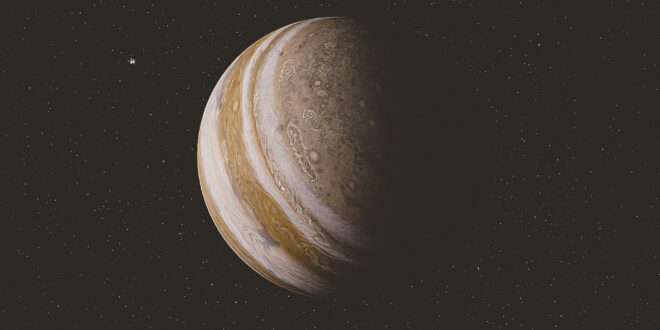Jupiter Has No Surface: Understanding the Gas Giant’s Unique Structure
Jupiter, the largest planet in our solar system, has long fascinated scientists due to its unique composition. Unlike Earth, which has a solid surface, Jupiter is a gas giant with no distinct surface to stand on. Instead of a solid crust, it consists of dense layers of hydrogen and helium, with the planet’s structure becoming increasingly gaseous and liquid as you move inward.
At its core, Jupiter is thought to contain a dense, rocky core surrounded by a thick atmosphere of metallic hydrogen. This core is likely solid, but because of the immense pressure and heat, it is surrounded by a liquid hydrogen layer, making it inaccessible. This liquid hydrogen is key to Jupiter’s intense magnetic field and turbulent weather systems, including its famous Great Red Spot.
The lack of a solid surface raises intriguing questions for scientists trying to understand the planet’s formation and its potential for hosting life. Unlike terrestrial planets, where the surface is vital for defining its environment, Jupiter’s vast gaseous atmosphere presents an entirely different kind of world—one that is difficult to study up close.
Jupiter’s lack of a surface also plays a significant role in its extreme weather patterns. The planet’s atmosphere is composed of thick clouds of ammonia and methane, which swirl in high-speed winds and massive storm systems. The Great Red Spot, a storm larger than Earth, has been raging for hundreds of years. This lack of a surface also means that scientists cannot “land” on Jupiter in the traditional sense; spacecraft like NASA’s Juno mission are instead focused on studying the planet from above the cloud tops, analyzing its magnetic field, atmospheric composition, and weather patterns.
Jupiter’s lack of a surface poses a challenge to exploration but opens a window into understanding the characteristics of gas giants and the fundamental processes that govern planetary formation and behavior. While it may not have a traditional surface, Jupiter remains one of the most important and intriguing objects in our solar system. Studying this massive planet helps scientists gain insights into the evolution of other gas giants, including those found in distant star systems.
